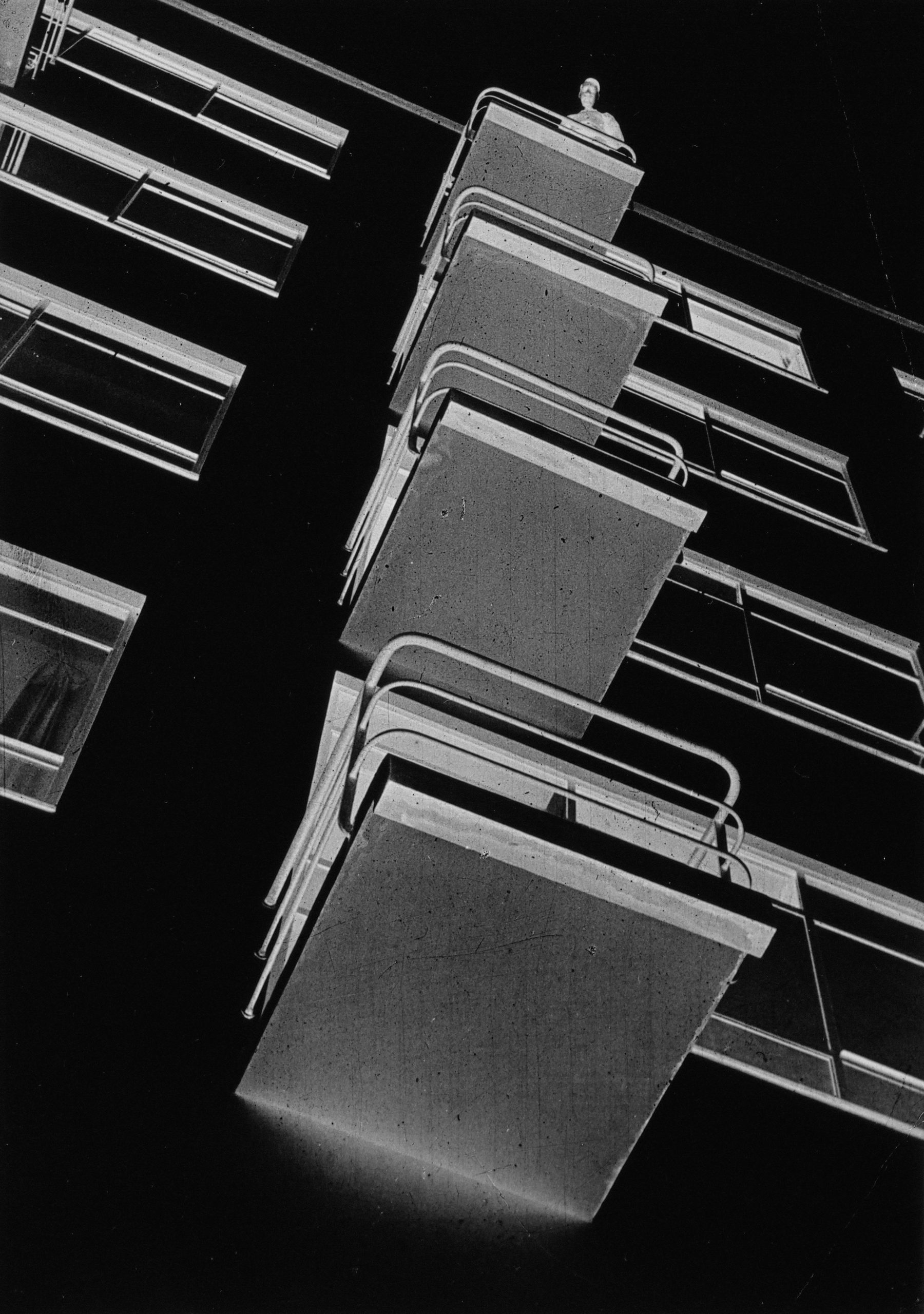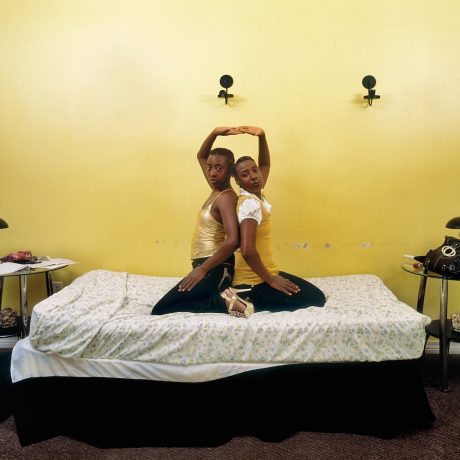
This striking untitled image by Hungarian constructivist László Moholy-Nagy was made in the mid-to-late 1920s entirely without a camera. What we have here is a photogram rather than a photograph of the sleek, stark lines of the Bauhaus Building in Dessau, Germany (where Moholy-Nagy worked as a professor). “He exposed photographic paper directly to light,” says Amanda Hajjar, director of exhibitions at Fotografiska New York. “The result is the antithesis of a realistic depiction. Everything is abstracted due to extreme loss of detail.”
“Moholy-Nagy’s ground-breaking approach to photo-based image-making changed the face of the medium”
In this celebration of design, architecture and experimental image-making, Moholy-Nagy upends traditional perceptions of photography’s functionality, employing drastic angles and geometric precision that embody the principles of Bauhaus teaching. While photograms are usually associated with close quarters, object-led experimentation, Moholy-Nagy brings the process out into the world, celebrating the underside of the building’s balconies in a manner that makes them appear utterly alien. Only the outline of a curtain, and the inverse image of a figure (which could be the artist himself, or perhaps Bauhaus founder Walter Gropius) grounds this image in reality.
Although Moholy-Nagy worked across film, collage, painting and more, his ground-breaking approach to photo-based image-making changed the face of the medium. “Avant-garde is an overused term, but it is very much the case with Moholy-Nagy,” Hajjar explains. “He was pushing the realm of photography a hundred years ago, experimenting in ways that were so utterly new.”
Holly Black is Elephant’s managing editor
László Moholy-Nagy: Light Play is at Fotografiska New York until 5 June






